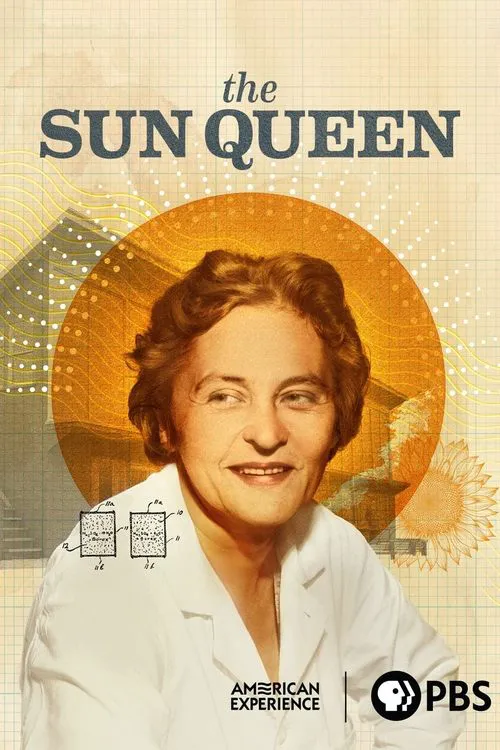The Sun Queen

Plot
In the early 20th century, Maria Telkes, a brilliant and ambitious chemical engineer, had set her sights on revolutionizing the world's energy landscape by harnessing the limitless power of the sun. With a passion for inventing and a fierce determination to succeed, she embarked on a nearly five-decade-long journey to turn her ambitious vision into a tangible reality. As Telkes delved deeper into her research, she became increasingly fascinated by the potential of solar energy to provide a clean, sustainable alternative to traditional fossil fuels. Her groundbreaking work focused on developing a new chemical that could store solar heat with unprecedented efficiency, effectively creating a 'solar battery' that could store energy for later use. This innovative concept would not only transform the way people lived but also pave the way for a future where energy was no longer a scarce and expensive resource. Undeterred by the skepticism and criticism that often came her way, Telkes persevered, driven by her unwavering faith in her vision. However, despite her remarkable talent and dedication, she faced numerous challenges in her professional life, particularly in the male-dominated environment of the Massachusetts Institute of Technology (MIT) where she worked. Her male colleagues often underestimated her abilities and questioned her authority, relegating her to secondary roles and undermining her innovative ideas. They frequently sabotaged her efforts and undermined her credibility, but Telkes remained undeterred, using these setbacks as an opportunity to learn and grow. Her remarkable resilience and unwavering commitment to her work ultimately paid off, as she continued to push the boundaries of what was thought possible. In 1947, Telkes collaborated with architect Eleanor Morris Shaffer to design and build the world's first successful solar-heated residence, known as the Dover Sun House. Located in Dover, Massachusetts, the house featured a south-facing atrium that allowed sunlight to warm the interior spaces, demonstrating the potential of solar energy to provide a reliable and efficient source of heat. With her remarkable achievement, Telkes solidified her position as a pioneering figure in the field of sustainable energy. Her tireless efforts to develop new technologies and innovations would go on to inspire generations to come. As she continued to work at MIT, Telkes' contributions went beyond her solar-heated residence. She played a significant role in the development of other groundbreaking technologies, including the solar-powered heating systems that would soon become a staple of sustainable architecture. Over her illustrious career, Telkes accumulated an impressive array of accolades and recognitions, including more than 20 patents for her inventions. Her pioneering work laid the groundwork for the development of modern solar energy technologies and paved the way for a future where sustainable energy would become the norm. Telkes' remarkable story serves as a testament to her unwavering determination and her unrelenting pursuit of a better tomorrow. Despite facing numerous challenges and setbacks, she consistently pushed the boundaries of what was thought possible, ultimately leaving behind a legacy that continues to shape how we power our lives today. As her work continues to inspire a new generation of innovators, engineers, and scientists, Telkes' vision for a solar-powered future remains an enduring reminder of the transformative power of human ingenuity and perseverance. The passing of Telkes in 1995 marked the end of an era, but her legacy lives on through the countless lives she touched and the countless lives she continues to touch through her work. Her remarkable story serves as a beacon of hope for generations to come, reminding us that even the most seemingly impossible dreams can become a reality with dedication, perseverance, and a refusal to accept the status quo. As we look to the future, Telkes' pioneering work in the field of solar energy provides a roadmap for a brighter, more sustainable tomorrow.
Reviews
Recommendations


